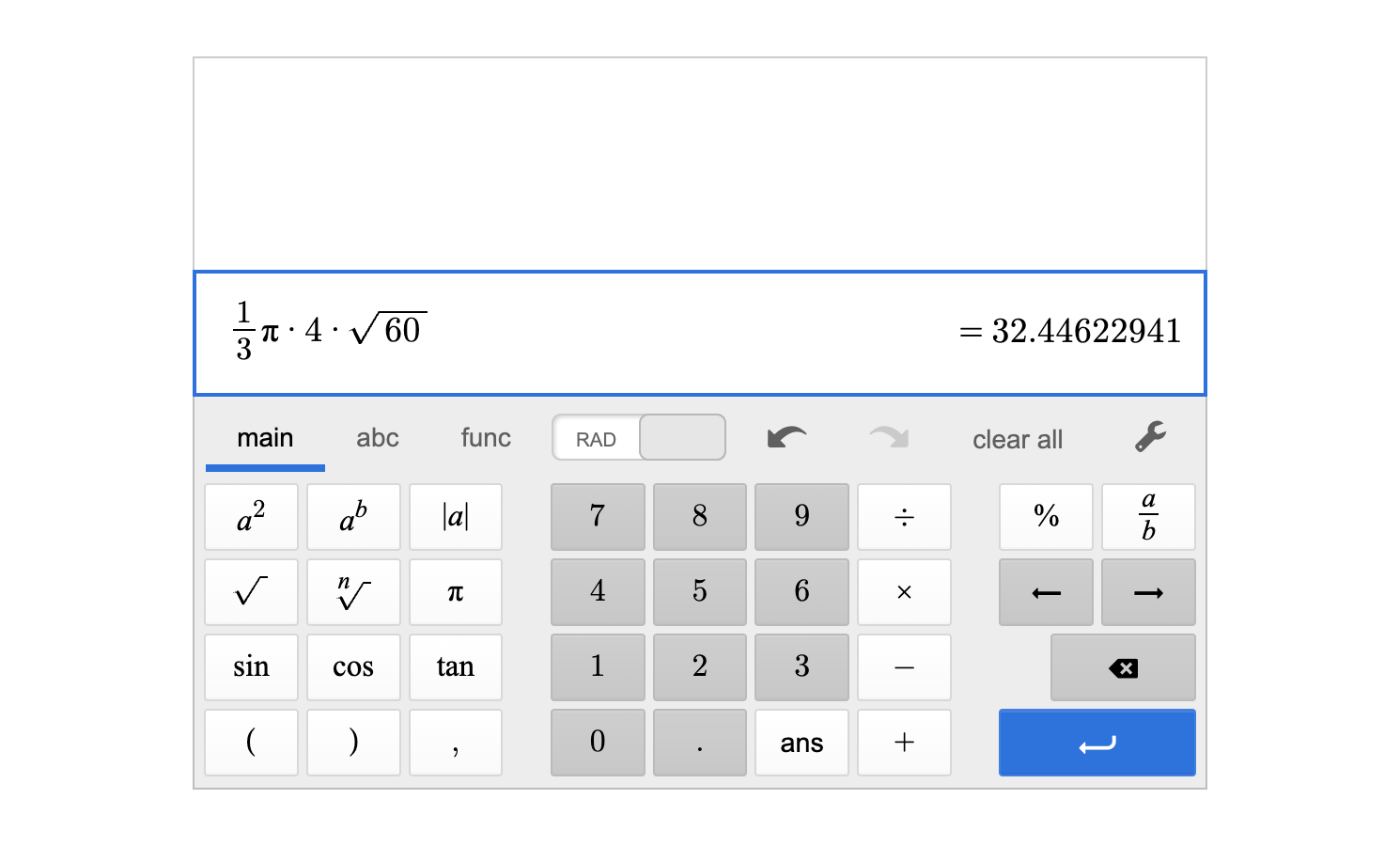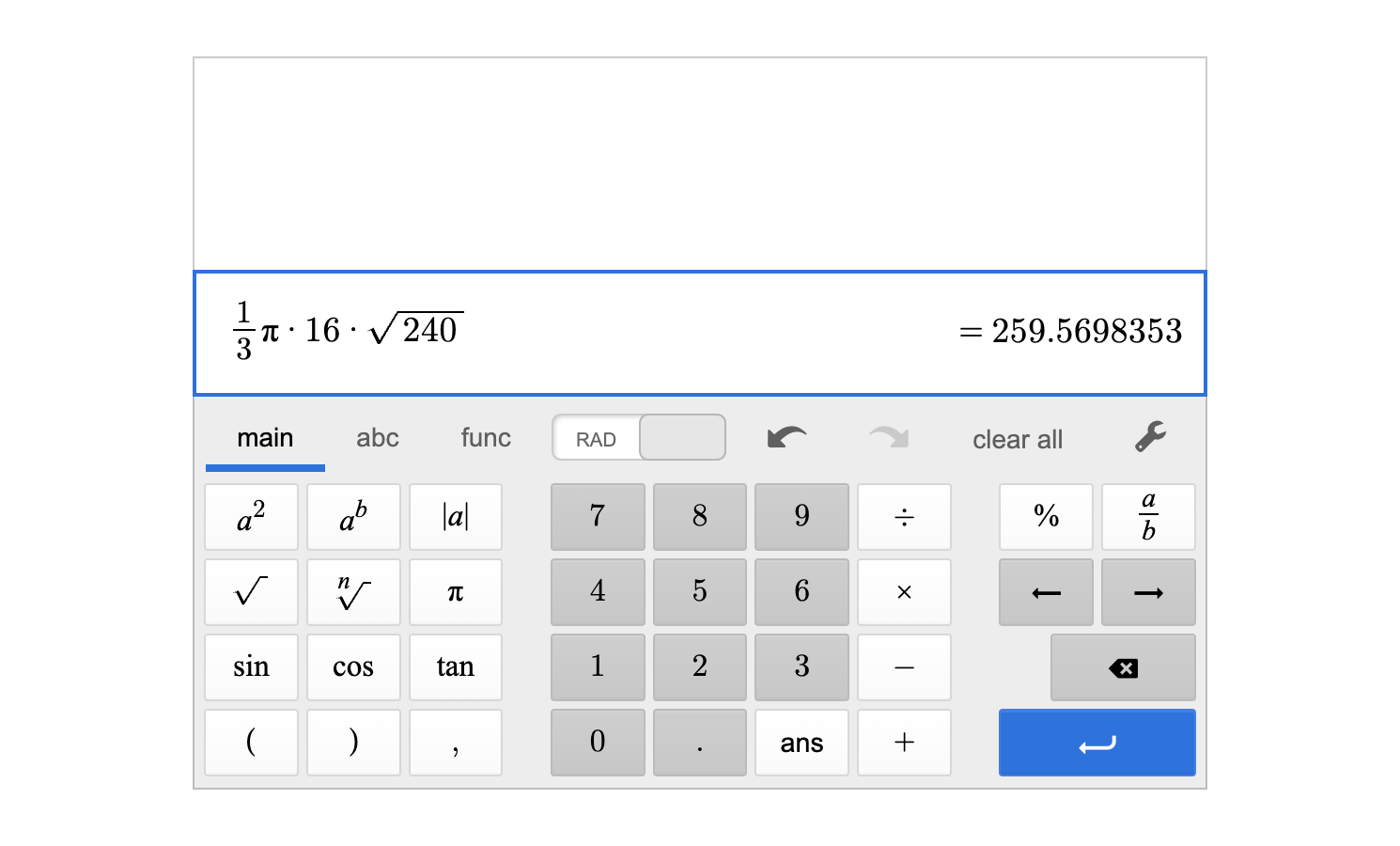7.04 Problem solving with volume and surface area
Problem solving with volume and surface area
Recall that the volume of a three-dimensional shape is the amount of space that the shape takes up. The surface area is the total area of the two-dimensional faces that make up the figure. When considering whether a situation represents volume or surface area, examples of some helpful terms to keep in mind include
| Volume | Surface Area |
|---|---|
| contain | around |
| interior | exterior |
| fill | cover |
| capacity | wrap |
| cubic units | square units |
Surface area measures the outside of a three-dimensional figure and is measured in \text{units}^2. Some examples of real-life scenarios that require calculating surface area are:
Volume measures how much space is inside of a three-dimensional figure, or the capacity that the figure can hold and is measured in \text{units}^3. Some examples of real-life scenarios that require calculating volume are:
Examples
Example 1
A podium is formed by sawing off the top of a cone. How much space is inside the podium? Round your answer to two decimal places.
Example 2
You are making pyramid-shaped terrarium displays for an art exhibit. Each terrarium has a square base with a width of 9 inches and the slant height of the terrarium is 14 inches. How many square inches of glass do you need to buy to make a terrarium?
We can use the concept of surface area and volume in real-world problems.
The surface area is the sum of the areas of all surfaces of a figure.
The volume of a three dimensional shape is the amount of space that is taken up by the shape, or the amount it can hold.

